Of the Cingulate gyrus is a turn of the cerebrum (telencephalon). It forms part of the limbic system and participates in cognitive and emotional functions. The brain structure has been linked to various mental disorders such as schizophrenia, obsessive-compulsive disorder, and depression.
What is the cingulate gyrus?
With the help of its neural networks, the brain controls central processes in the organism. In humans, the cerebrum, also known as the telencephalon, makes up the majority of the brain's mass.
Compared to the central nervous system of other animals, the human brain is very well developed. This enables it to exercise not only control processes, but also higher cognitive functions. The cerebrum is also the seat of personality.
The brain mass is not a homogeneous substance, but is made up of numerous smaller structures. As gray matter, the anatomy summarizes those areas in which mainly cell bodies are located.In contrast, the white matter is made up of myelinated nerve fibers. The cortex of the cerebrum consists of gray matter and has furrows (sulci) and convolutions (gyri). The cingulate gyrus is such a turn of the telencephalon. It is in the middle of the brain. Below it is the bar (corpus callosum).
Anatomy & structure
The cingulate gyrus can be divided into different areas. The anterior part is formed by the pars anterior, in which there are numerous spindle cells. Their area corresponds to the Brodmann area 24. Sometimes the anatomy also assigns areas 32 and 33 to the pars anterior. Other subdivisions regard the Brodmann area 32 as an independent part of the cingulate gyrus. This region represents the cingulate motor area.
In contrast to the pars anterior, the pars posterior lies in the posterior part of the cingulate gyrus. It consists of the Brodmann area 23 and occasionally also includes the field 31. This lies next to the Brodmann area 23 as well as next to the area 24. The pars posterior possibly does not represent a uniform brain structure. Instead, research provides indications that an anterior and a dorsal subunit can be distinguished due to different functions.
After a few subdivisions, the anatomy counts a third or fourth area to the cingulate gyrus. This part is the Zuckerkandl turn (area subcallosa) and corresponds to the Brodmann area 25.
Function & tasks
The cingulate gyrus performs various cognitive and emotional functions. Not all areas of the cerebral convolutions are active at the same time, but the individual areas can be distinguished even further based on their functions. The anterior part of the cingulate gyrus consists of a dorsal and a ventral part.
The ventral area is related to emotional functions and has connections to the amygdala, nucleus accumbens, insula and hypothalamus. In the dorsal part, on the other hand, more cognitive processes take place. The neural connections to the prefrontal and parietal cortex as well as to visual and motor processing centers reflect the cognitive tasks. The Stroop test (color interference test) and other difficult cognitive tasks are associated with increased activation of the pars anterior to the cingulate gyrus.
The pars posterior communicates with the pars anterior, the caudate nucleus, the orbitofrontal and intraparietal cortex, the precuneus and parts of the thalamus. The pars posterior reacts to emotional stimuli and is active when calling up autobiographical memories. The pars posterior also plays a role in intrinsic cognitive control. It is related to other learning and memory processes such as spatial memory and attention processes. In addition, the pars posterior has connections to the temporal lobe (lobe temporalis) and in this way may also influence memory processes.
You can find your medication here
➔ Medicines to calm down and strengthen nervesDiseases
The cingulate gyrus is associated with various mental disorders. One of these is schizophrenia, the symptoms of which include various forms of hallucinations, ego disorders, and delusions.
In addition, this psychotic disorder is accompanied by negative symptoms such as flattening of emotions and affects, social withdrawal, impoverishment of speech and apathy. People with schizophrenia have, on average, less gray matter in the anterior part of the cingulate gyrus than a healthy control group. The size of the anterior pars also correlates with the social function level of those affected. Schizophrenia also appears to be associated with a low metabolic rate in the cingulate gyrus.
The cingulate gyrus may also be associated with OCD. Obsessive-compulsive disorder is characterized by actions and thoughts that the sufferer cannot suppress even though he is aware of their futility. Common forms of these mental disorders revolve around washing or control compulsions. In contrast to normal habits, compulsions are characterized by the fact that they lead to considerable impairment or suffering for the person concerned. They also take up a lot of time.
In depression, functional abnormalities affecting the cingulate gyrus appear, especially in the pars posterior. The two core characteristics of depression are depressed mood and loss of enjoyment or interest in (almost) everything.
A radical treatment option that can be used as a last resort for particularly severe disorders is the cingulotomy. The surgeon cuts through the cingulate gyrus, nowadays often with the help of a gamma knife or other radiation. This intervention is irreversible and leads to permanent psychological changes that go beyond the disorder. Cingulotomy is primarily used for obsessive-compulsive disorder when other treatments fail and the compulsions have a serious impact on the person's life.

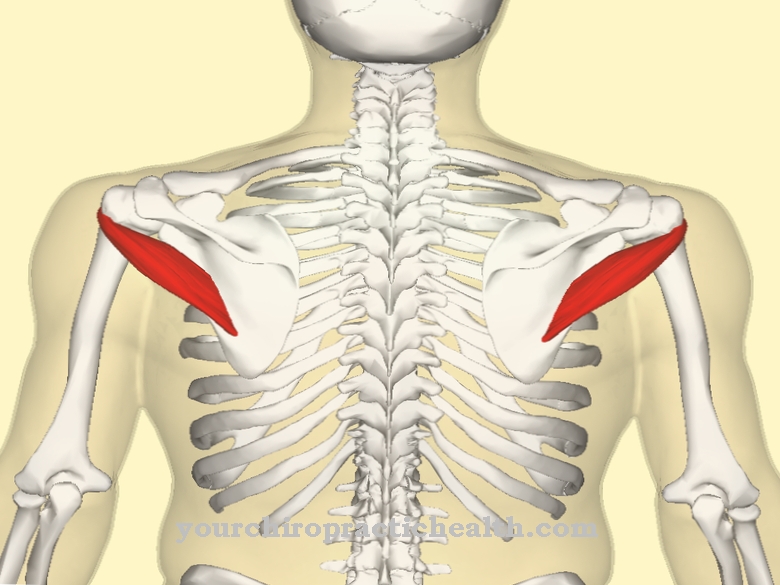
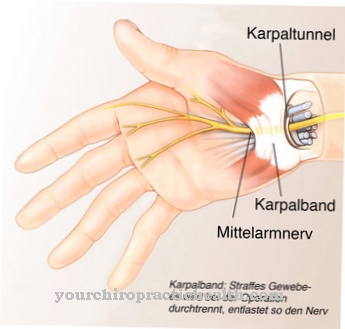
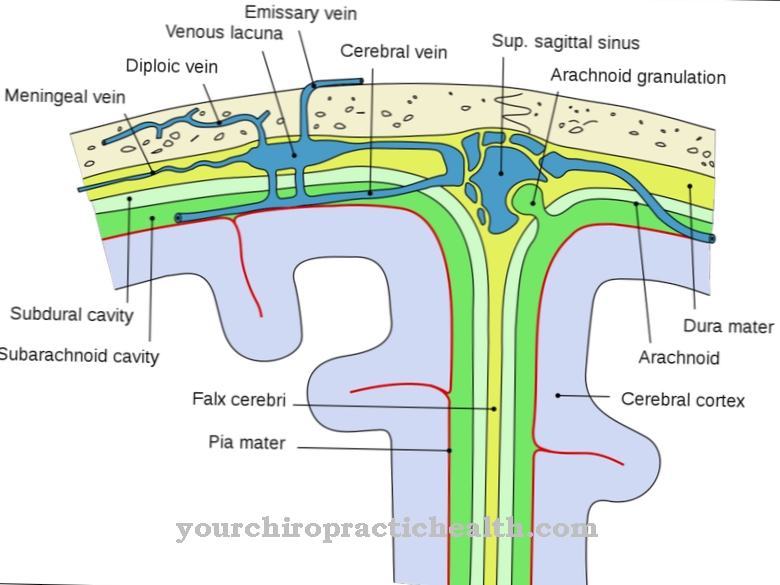

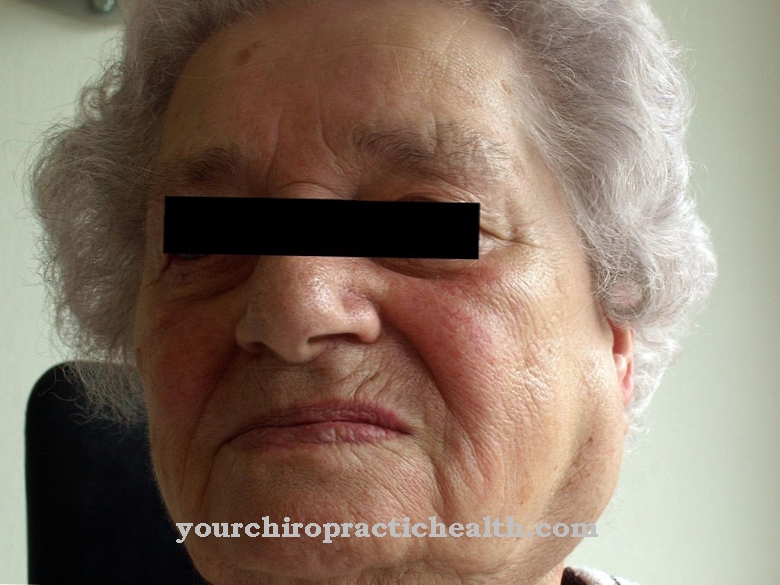
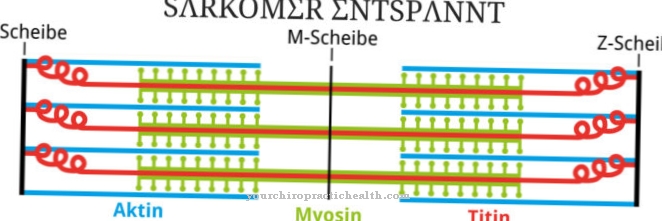






.jpg)

.jpg)
.jpg)











.jpg)